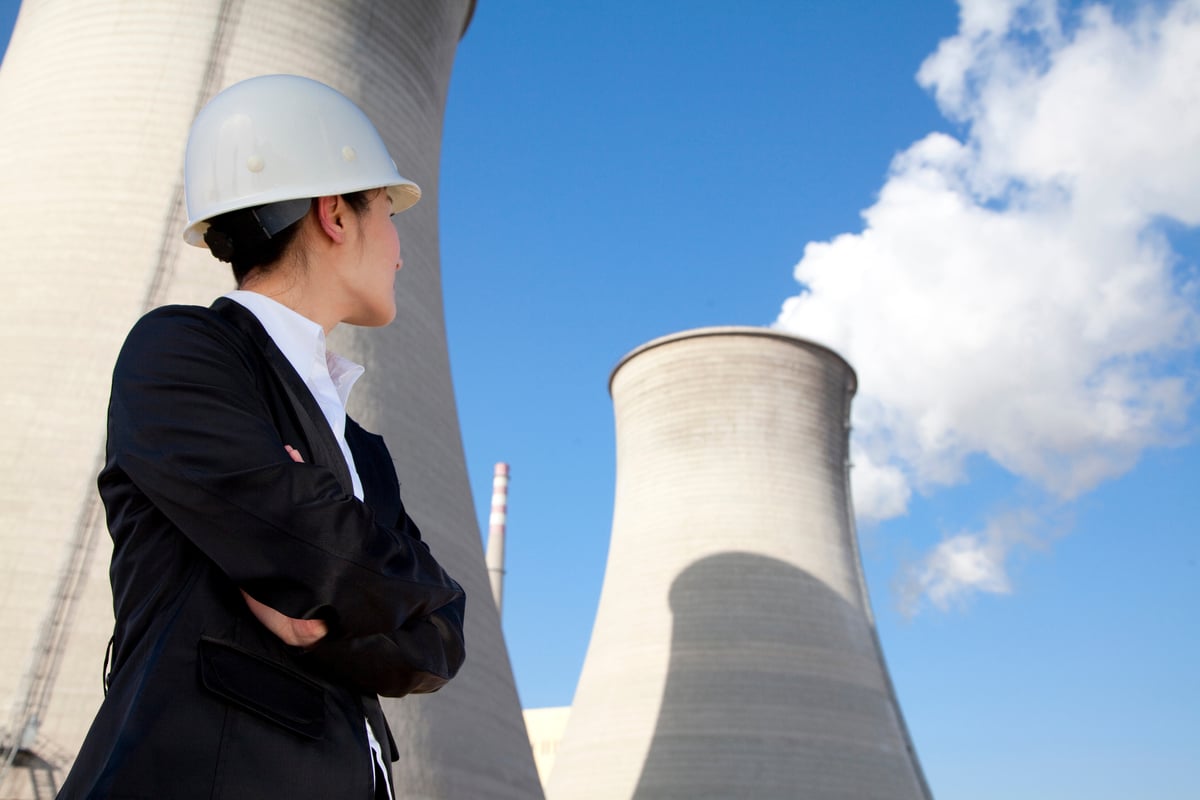The Sierra Group is taking to the airwaves to oppose a coal transport facility planned for the Columbia River. The goal is to get governor John Kitzhaber to reject the proposal. The U.S. coal industry needs more access to foreign markets if it hopes to grow, so increasingly aggressive opposition groups is bad news.
We would if we could
The coal export poster child is Cloud Peak Energy (CLD +0.00%). It mines exclusively out of the Powder River Basin. That puts it close to the West Coast and, in turn, close to key Asian markets. The company already has a notable presence in South Korea and has been sending test coal to Japan in an attempt to drum up more business.

(Source: CIA)
Speaking about those test runs during his company's fourth quarter conference call, Cloud Peak CEO Colin Marshall said, "The [Japanese] test runs went well and could turn into long-term contracts when West Coast terminal capacity is built." In other words, the company simply can't get its coal out of the country. It's waiting on the Gateway Pacific Terminal, which may be ready in 2018. Cloud Peak has a deal for a third of the port's proposed 46 million ton coal capacity.
Cloud Peak, however, isn't the only miner waiting and hoping. For example, Arch Coal (NYSE: ACI) is backing the Millennium Bulk Terminals project in Washington State. The port's projected 44 million ton capacity would be a big help to the company's export dreams. However, opponents have convinced the state to consider the environmental impact of the products being shipped on the environment in their destination markets. The product is coal and it's going to Asia, that's going to be a hard hurdle to jump.
A valuable asset
This push back is obviously more than just saber rattling. And the more ports that get turned down, the more value there is in existing ports. This helps explain why CONSOL Energy (CNX 0.84%) chose to keep its Baltimore coal handling port when it sold half of it coal mines to Murray Energy.

(Source: National Archives)
CONSOL wanted to keep its lowest cost and best positioned mines, but it also wanted to keep its ability to get that coal into foreign markets. That's particularly true since U.S. coal is increasingly under attack in the utility space as a dirty fuel. Although coal is far from dead, it just isn't a growth industry any more.
Port expansion seems to be going better on the East Coast, where terminals around New Orleans are increasing capacity without much trouble. Foresight Energy is doubling the capacity of its Convent Marine Terminal to 25 million tons. The new Burnside Terminal recently opened for business. And United Bulk Terminals is expanding even though its shipment volume was flat last year.
That's good news for East Coast miners like Alliance Resource Partners (ARLP +0.26%), which continues to post year after year of record results. (Last year was number 13 and management fully expects this year be number 14.) However, The East Coast is further away from the growing Asian demand that's driving the West Coast's port expansion efforts. That means higher shipping rates, which makes East Coast coal less competitive in Asia.
To be fair, Alliance will continue to prosper as long as its Illinois Basin Coal continues to gain market share from other regions. However, it's gaining a bigger piece of a largely static pie, eventually exporting more coal will be important for its growth, too.
Tipping point
One coal terminal won't make or break the U.S. coal industry's export dreams. However, if that one terminal is the tipping point that leads to a string of rejections a single rejection could turn into a coal industry nightmare. If you are watching the coal space, this is one issue you need to keep an eye on. It's hard to tell which way it will go, but make sure the impact of export capacity constrains, like the one at Cloud Peak, don't blindside you.







